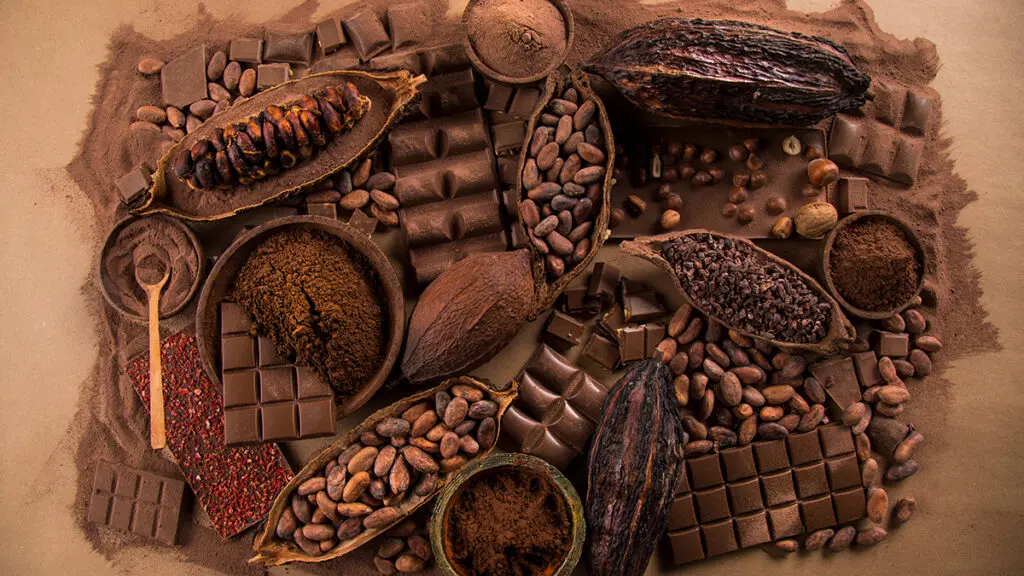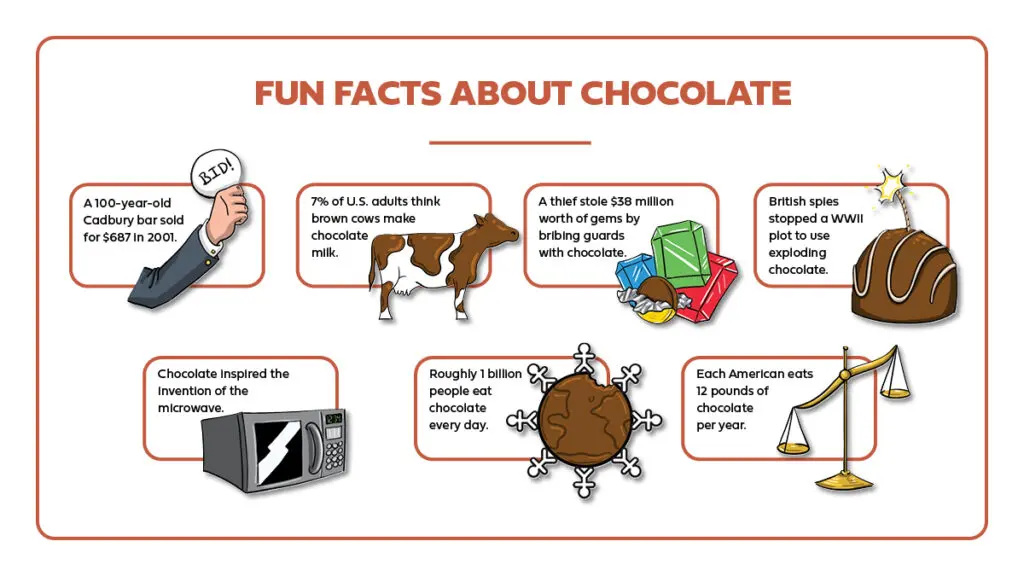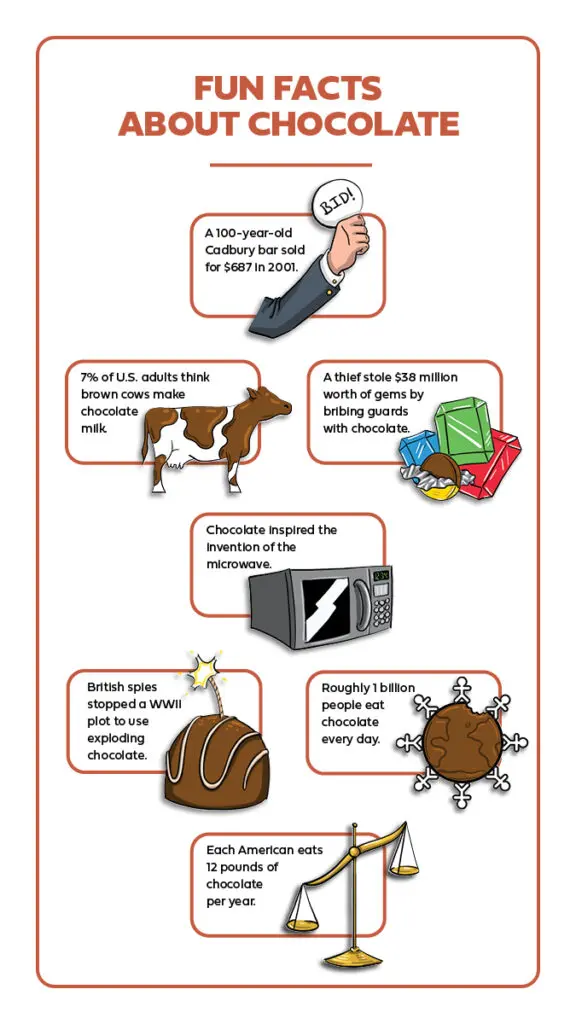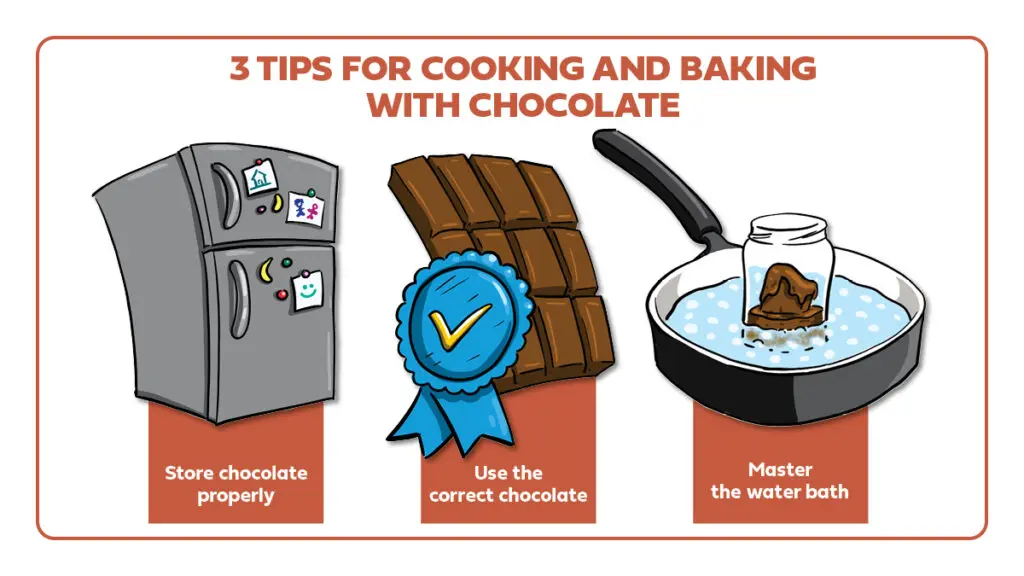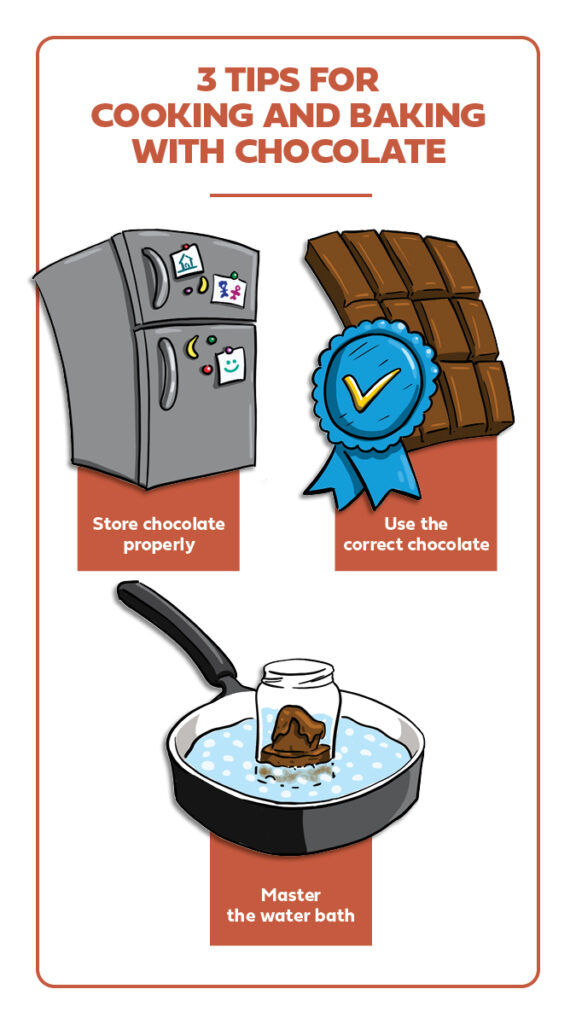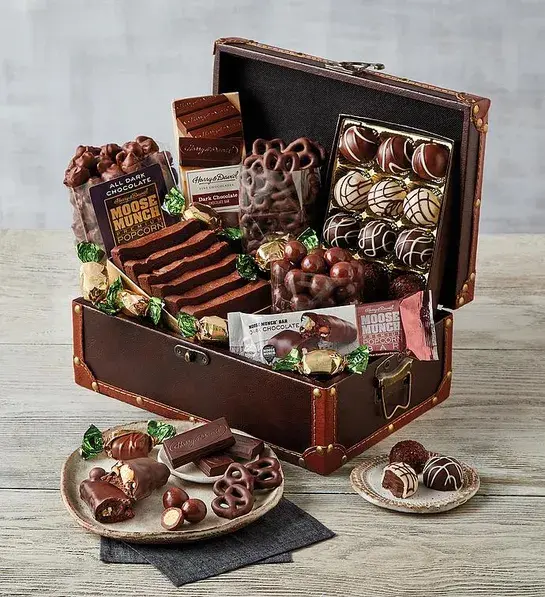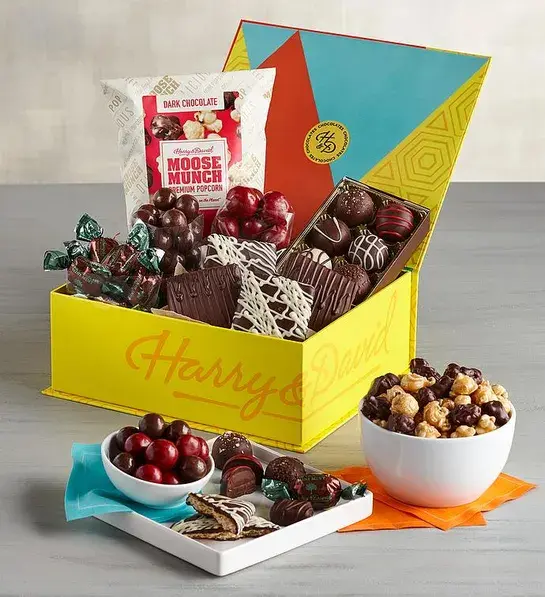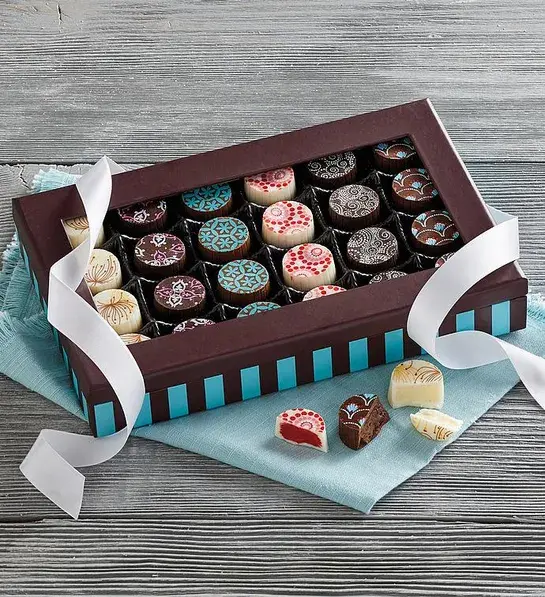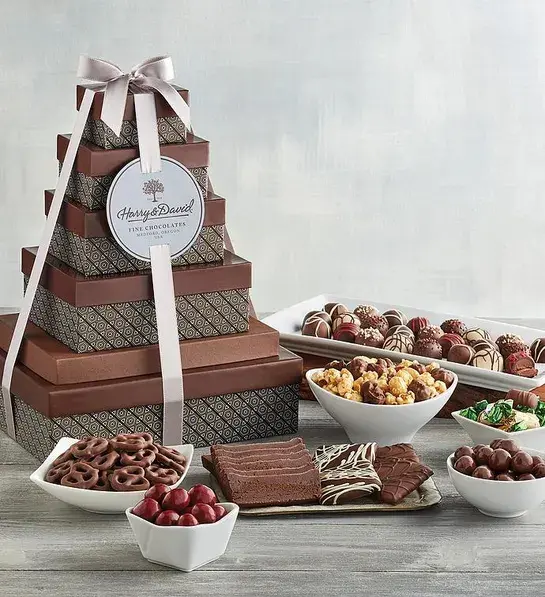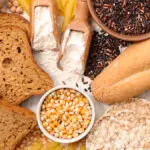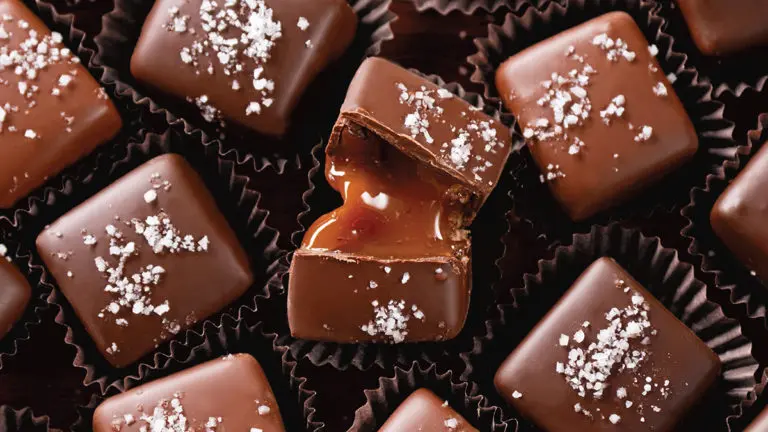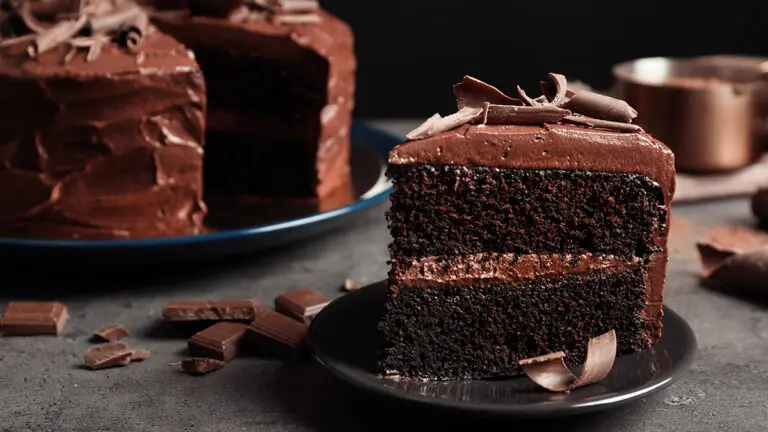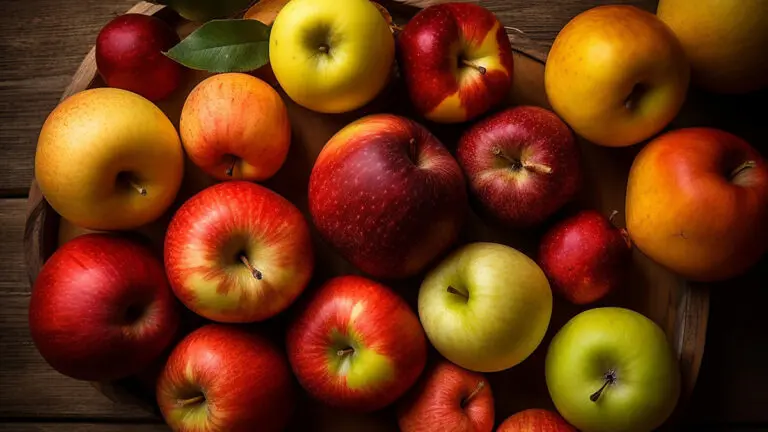Is there a more universally beloved food than chocolate?
Not likely.
According to countless studies, a whopping 90% of the world’s population not only rates chocolate’s taste as highly favorable but also insists it makes them happy.
And the 10% who disagree? Well, they’re probably lying…
So, what is it about chocolate that’s so crave inducing? Turns out, its centuries-long appeal has to do with a potent combination of physiological, psychological, and neuro-chemical factors.
Why do we love chocolate?
When we bite into a piece of chocolate, two powerful sensory experiences hit us right away. First, we get the enticing smell, which uniquely activates theta brain waves that trigger relaxation and lower inhibitions. Then there’s its melting on the tongue to form a viscous texture that activates the primal part of our brain that encourages us to get greedy. Also, the “one gram of fat to two grams of sugar” ratio in milk chocolate oddly matches the ratio present in breast milk and baby formulas — a balance the subconscious mind naturally associates with feeling soothed and happy. Add to that the fact that we’re continually conditioned to equate happiness with chocolate, occurring first as children, when chocolate serves as a reward for doing something good, and then when we receive it on special occasions as a show of appreciation, affection, or love.
All that sufficiently explains why we feel happy after eating chocolate, but the ultimate sorcery involves the mood-altering psychoactive chemicals that originate with the cacao bean, the basis of all chocolate.
Cacao vs. Cocoa
You may see both “cacao” and “cocoa” strewn throughout, so before we go any further, let’s explain the difference. Botanically speaking, when referring to the bean (seeds) or tree from which it sprouts, or describing it as a cash crop (ie “cacao futures”), the “cacao” spelling (with the “o” at the end) is used, honoring the ancient Mesoamerican pronunciation. However, when describing the bean’s processed byproducts — cocoa butter and cocoa powder — the “a” and “o” are reversed. For instance, we say “hot cocoa” because it’s made from cocoa powder, a cacao bean by product. Confusing, huh?
Chocolate ultimately seduces by utilizing several key “happiness” compounds, especially tryptophan, an amino acid that helps the brain produce the neurotransmitter serotonin, which makes us feel joyful. These feelings are compounded by anandamides, commonly known as the “bliss molecule,” as well as tyramine, phenylethylamine, theobromine, and caffeine, along with the aforementioned fats and sugars, all of which produce an amphetamine-like energy jolt. Phenylethylamine is the precursor of dopamine, the “feel-good” hormone that stimulates the brain’s pleasure centers. The quantities of phenylethylamine in the average serving of chocolate generate feelings of falling in love, feeling loved, and even a slightly greater excitement level than when being kissed!
The net result of all this is a cycle of constant cravings for chocolate, which absolutely no other food can satisfy, followed by truly blissful indulgence when we score some.
Where does chocolate come from?
Chocolate is processed from cacao seeds or “beans” that are found within 20-inch-long fruit pods that sprout from cacao trees. Although these 60-foot-tall trees are native to South and Central America, where they’ve been cultivated for roughly 5,300 years, approximately two-thirds of the world’s modern cacao crop is farmed along the Ivory Coast in Western Africa.
How is chocolate made?
Chocolate, which begins its life plainly as “dark” or “unsweetened,” is processed from cacao beans that are dried, fermented for several days, and typically roasted twice. They are then ground into a paste and heated to create chocolate liquor (although there isn’t any alcohol present). The liquor is then pressed in order to separate the cocoa butter (oils) from the cocoa powder (solids). Altering these ratios and adding ingredients, especially sugar, milk, and vanilla, accounts for all the chocolate varieties we’ve come to love.
What are the different types of chocolate?
Chocolate varieties differ according to the ratio of cocoa butter to cocoa powder and the addition of flavorings. They are also heavily regulated by international governing bodies, such as the Food and Drug Administration (FDA) in the United States. Here’s a breakdown of the types of chocolate we love so much.
Dark chocolate
Dark chocolate is also called “plain” or “bitter” chocolate because it is closest to pure cacao beans, meaning its total fat content is derived from cocoa butter. Most dark chocolate is composed of at least 50% chocolate liquor, and the sugar portion cannot exceed a third of its total content, according to FDA regulations.
Bittersweet chocolate
A close cousin to dark chocolate in terms of flavor profile and total fat content derived from cocoa butter, bittersweet chocolate is primarily used as baking chocolate. It generally comprises at least 66% chocolate liquor, with sugar capped at less than a third of its total content.
Semisweet chocolate
Semisweet chocolate is nearly identical to bittersweet chocolate, which is why culinary experts consider them interchangeable for use in baking. Even international regulatory bodies, including the FDA, make no distinction between the two in terms of content parameters. However, most manufacturers increase the sugar a tiny bit and add vanilla.
White chocolate
White chocolate derives its color and name from the fact that brown cocoa solids that are a staple of other chocolate varieties are not included in its composition. Instead, white chocolate consists of at least 20% cocoa butter and is mixed with milk solids, milk fat, lecithin, vanilla, and sugar.
Milk chocolate
The world’s most popular chocolate starts out as plain chocolate but is enhanced with high percentages of sugar and milk that give it its creamy sweet taste. Regulations stipulate milk chocolate must contain at least 10% chocolate liquor and 12% milk, but there is no cap on sugar, which explains why brands vary wildly in terms of sweetness.
Ruby chocolate
Ruby chocolate gets its distinctive pinkish-red hue naturally from ruby cacao beans grown in Brazil, Ecuador, and the Ivory Coast. It was invented by Belgian-Swiss chocolate company Barry Callebaut (more on them later) and marketed in 2017. Its unique flavor has been characterized as fruity and sweet but with a surprising tartness. Ruby chocolate is made from 47.5% red cocoa content and 26.3% milk.
Gianduja chocolate
A milk or dark chocolate base mixed with at least 30% hazelnut paste, gianduja was invented by chocolatier Michele Prochet in Turin, Italy, during Napoleon’s 1806 port blockades as a way to stretch what little chocolate was available. Nutella spread is a popular type of gianduja chocolate paste.
Couverture chocolate
Couverture is an expensive, high-quality, fine-textured chocolate containing the boldest concentrations of cocoa butter, usually in the 31%-39% range, as well as cocoa solids, sugar, milk powder, lecithin, and vanilla. It is favored by chocolatiers and candy makers for its high gloss and is typically used for dipping, molding, decorating, and coating.
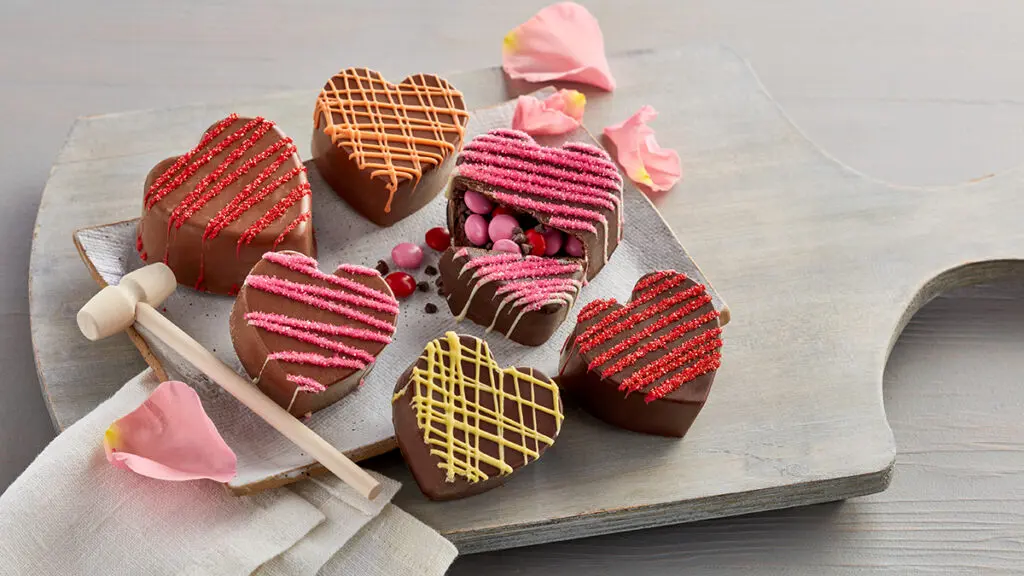
Candy coating chocolate
Candy coating chocolates are used to cover candies and other treats, including M&Ms and cake pops; to bind clusters, such as nuts and fruits; or to create decorative drizzles. Candy coating is distinct from other chocolates in that cocoa butter is replaced with various types of oil (palm kernel, shay, or soy) to thin it, facilitate flow, and optimize melting points.
Cocoa powder
Cocoa powder is made by drying and pulverizing chocolate liquor. During the process, all but 10%-22% of its cocoa butter is removed. What’s termed “natural process” cocoa powder is light brown and strong in flavor but high in acidity. “Dutch process” cocoa powder starts out the same but is alkalized to neutralize acidity. The net result is a warmer hue, mellower flavor, and texture that is best suited for dissolving in liquids, including milk to make chocolate milk or ice cream.
3 tips for cooking and baking with chocolate
Learning to cook with chocolate is not easy, but even novice bakers can produce decadent desserts by beginning with these three basic rules.
1. Store chocolate properly
Keep chocolate in a dry, cool place, between 60° and 78° F. If you’re not going to use it for a few months, store it in the refrigerator and keep it wrapped. Chocolate must be brought to room temperature before use.
2. Use the correct chocolate
Start with quality chocolate that contains high cocoa content and little or no sugar. This means dark chocolates (unsweetened, bittersweet, semisweet) or cocoa powder, which allows for better customization of a recipe’s sugar content and is easier to melt and incorporate with ingredients.
3. Master the water bath
Almost all baking recipes begin with melting chocolate. Although double boilers and microwaves are popular methods for doing so, you’re less likely to scorch or make chocolate seize up by mastering the superior “water bath” technique. This involves filling a pan with water and allowing it to simmer. Place chopped chocolate pieces in a tempered glass or stainless steel bowl and then place the bowl directly in the simmering water. Gently stir, allowing the chocolate to melt.
What pairs well with chocolate?
Given chocolate’s versatility with regard to flavor profiles and culinary forms, it’s no wonder it pairs well with so many foods. But what are the best pairings within such a broad spectrum? Here are some of the world’s top pairings that have withstood the test of time.
Fruit
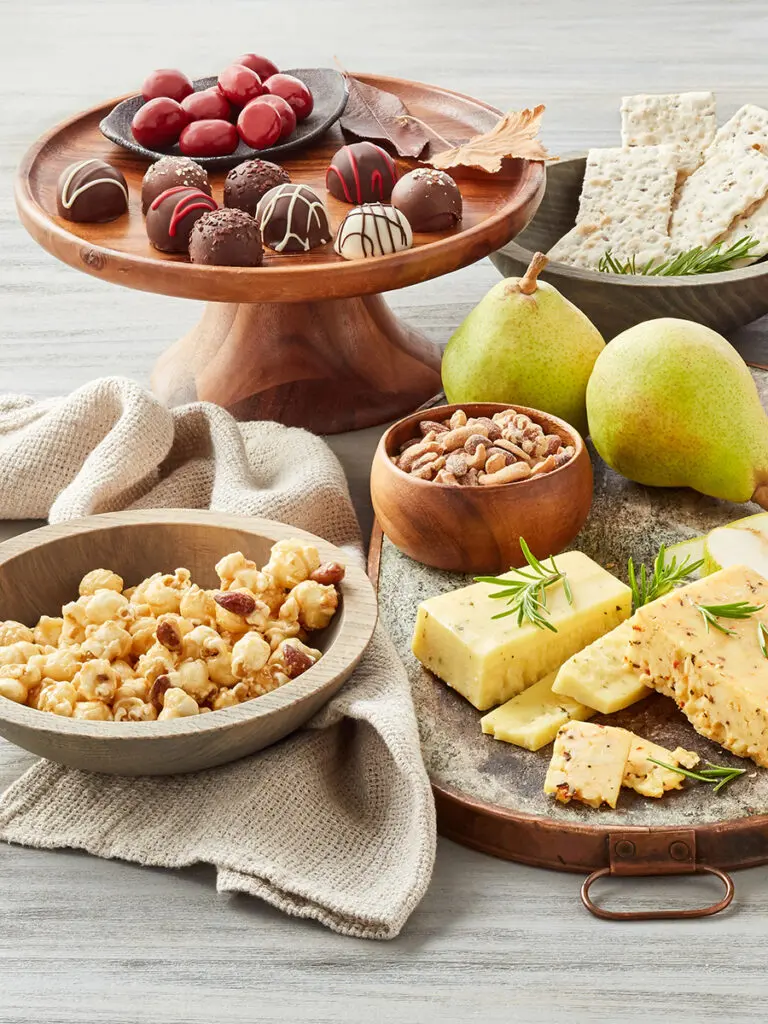
The reason this pairing has been popular for thousands of years — and will remain so for many more millennia — is because chocolate balances out bright, acidic fruits while also accentuating sweet ones. Strawberries, cherries, apples, bananas, and raisins remain the most popular fruit to eat with chocolate, as they often come already packaged covered in the stuff, but we’ve moved beyond these traditions to more imaginative pairings. Think sweet mango, sour passion fruit, or tarty blackcurrants paired with dark chocolate, or Georgia peaches and cantaloupe with mild white chocolate.
Cheese
Cheese is right up there with chocolate in terms of worldwide popularity and versatility. It also elicits the same kinds of deep cravings due to the similar psychoactive compounds it contains. Unlike fruit and chocolate pairings, which mostly rely on contrasting flavors, the marriage of cheese and chocolate are chiefly based on agreement.. The long-standing rule is that creamier cheeses, such as Gruyére, pair well with milk chocolates, and more pungent varieties, like blue cheeses, go nicely with dark chocolate. Other notable cheese and chocolate pairings include nutty brie and Parmesan with milk chocolate; tangy goat cheese with dark chocolate; and rich ricotta with either milk or dark chocolate.
Wine
Pairing wine with chocolate can be challenging given their comparable boldness and complex flavor notes, which can easily clash. Done right, however, the term “unparalleled decadence” is justified and explains the enduring popularity of such attempts. The key to a successful wine-chocolate pairing is selecting a chocolate that is slightly sweeter than the wine, or at least matching in intensity. That makes these time-tested pairings the safest bets: milk chocolate with port, muscat, Madeira, riesling, or pinot noir; dark chocolate with pinot noir, merlot, zinfandel, or cabernet sauvignon; and white chocolate with prosecco, chardonnay, riesling, or rosé.
What are the best places in the world for chocolate?
The debate rages about which country produces the finest chocolate, but the general consensus from chocolatiers, connoisseurs, and culinary experts is that the top three iconic destinations are all in Europe — but don’t count out south of the (U.S.) border.
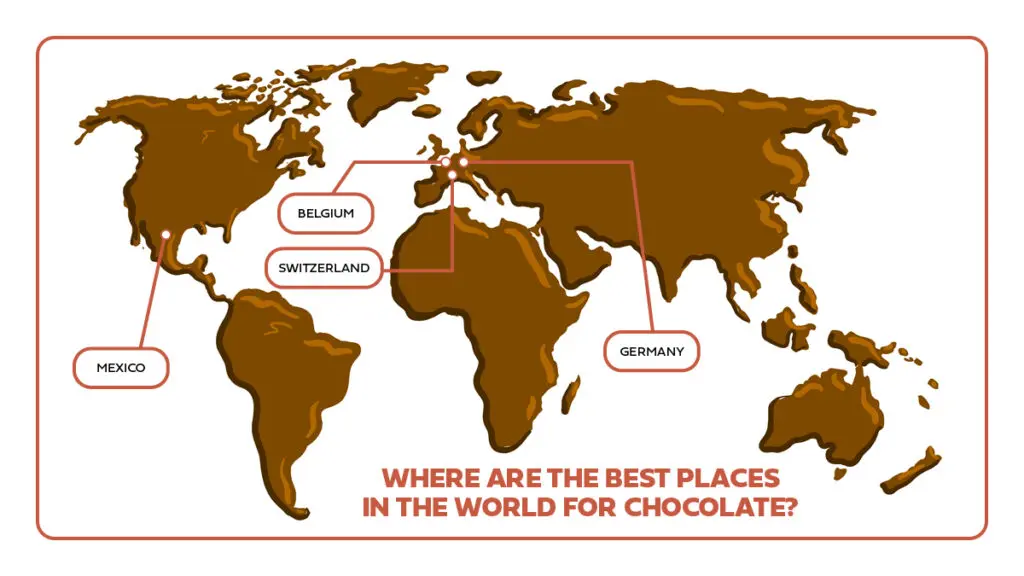
Where does Harry & David get its chocolate from?
Harry & David’s commitment to offering the finest chocolate begins inside its own piece of cocoa heaven. Known as the Candy Kitchen, Harry & David’s production facility is responsible for making 90% of the chocolate the company sells. Its top-secret proprietary blend of chocolate is sourced from two renowned chocolate manufacturers. One is the aforementioned Zurich-based, century-old, Belgian-Swiss chocolate company Barry Callebaut, and the other is the California-based Guittard Chocolate Company. Following French chocolate-making traditions, Guittard dates to 1868, making it the oldest continuously family-owned chocolate company in the United States.
Chocolate arrives at the Candy Kitchen in its base form, chocolate liquor. Then, chocolatiers set about transforming it into the three overarching categories of chocolate — dark, milk, and white — and combining them with their legendary fruits and other foods, especially nuts, pretzels, and caramels, and incorporating them into scrumptious baked goods.
While the Medford, Oregon-based, artful chocolatiers and creative research and development team are always dreaming up and testing chocolate creations, flavor profiles are regional and trends do come and go, cautions Natalie Botsford, the company’s merchandise manager for confections.
“But the strength of chocolate is its versatility and flavor profiles that can satisfy so many preferences,” she says, underscoring the reason Harry & David offers hundreds of mouthwatering chocolate-centric items. Popular favorites range from chocolate-covered cherries, gourmet dipped fancy strawberries, and premium chocolate gift boxes to its Ultimate Chocolate Tower and signature Moose Munch.
Botsford says the company’s best-selling chocolate product is the Signature Truffles, an assortment of milk and dark chocolate truffles. Boxes are available in a variety of sizes and can also be ordered strictly in milk or dark chocolate flavors.
“People’s taste preferences are always evolving, so we’re always trying to develop new flavors using quality ingredients and develop new customer bases while maintaining consistent, traditional products that returning customers are familiar with and expect from us,” Botsford says.
Our favorite chocolate gifts
Does chocolate have any health benefits?
Milk chocolate has long been associated with obesity and acne due to its high sugar content. But dark chocolate, which is lower in sugar and higher in key antioxidants like flavonoids and polyphenols, provides numerous impactful health benefits.
Dark chocolate containing at least 70% cocoa — and eaten in moderation — has been shown to reduce heart risk, lower blood pressure and cholesterol, improve circulation and prevent clots, suppress appetite, suppress cough, boost mood and cognitive function, reduce stress, prevent oxidative breakdown, prevent sunburn, improve vision, act as a probiotic, prevent Alzheimer’s, inhibit cancer cell growth, and regulate insulin levels.

